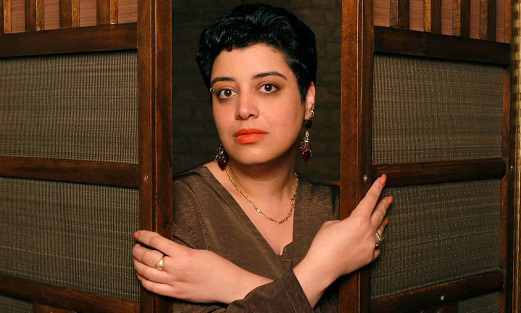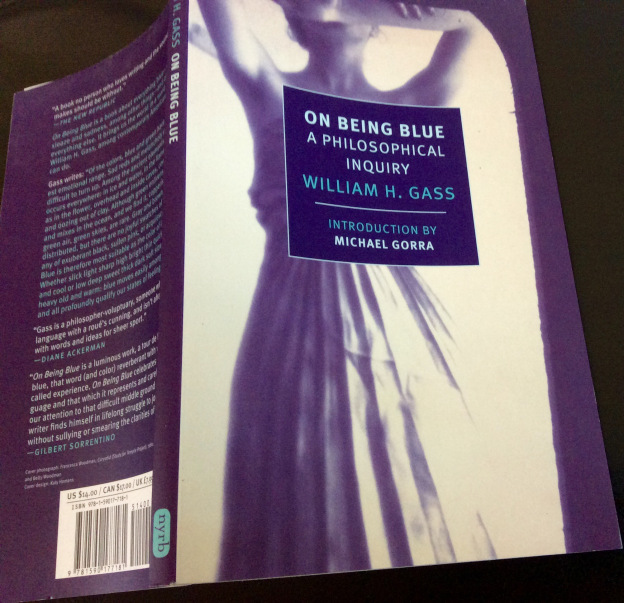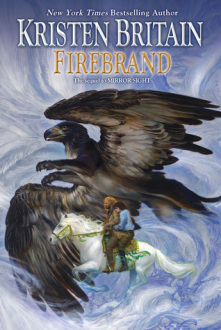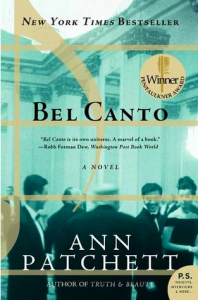By Michael Kowalchuk
Last week marked the beginning of ESKW/A’s newest tradition: office book club. Four intrepid readers gathered to discuss Erik Larson’s compelling work of true crime history, The Devil in the White City. Larson’s book, though meticulously researched and faithful to fact, reads like a novel. A 2003 New York Times bestseller, the book is especially relevant for architects due to its treatment of the 1893 World’s Columbian Exposition as a backdrop for Dr. H.H. Holmes’s grisly murders. Even though some of us have already read the book, we chose it for our first book club because of its juicy merging of crime drama and architecture.
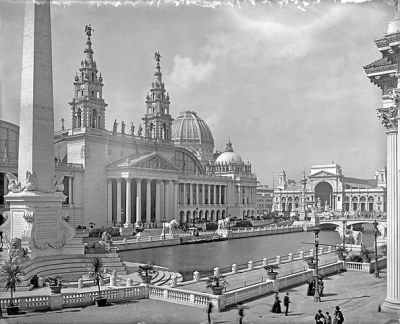
The book details the planning, design and construction of the fair as Holmes commits his crime spree. It was interesting to compare the design culture of the late 1890’s with that of today. We find our working relationship with engineers and landscape architects as collaborative, while the fair seemed rife with rivalries. The nineteenth century inflated egos of the extremely male-dominated profession are happily diminishing in modern practice. One theme that persists in many practices is the perceived dichotomy between the architect as artiste and the architect as businessperson.
The World’s Columbian Exposition (also known as the Chicago World’s Fair) was fascinating for many reasons: the clash between tradition and modernity was almost palpable, the fair saw the largest gathering of people (during peacetime) in world history and it was one of the first times the United States flexed its muscles on a global stage. The fact that the fair was held in Chicago, “America’s second city,” proved that even places once considered provincial backwaters could pull off an event as stunning as those held in Paris, London or New York.
Larson made clear that darker forces animate the human 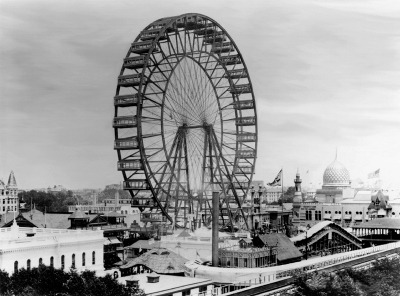 psyche as well. In addition to Holmes’s 12+ confirmed murders (the highest estimates were around 200), the story shed light on the underbelly of Chicago which the fair tried so hard to obscure. Both Holmes and the lead architect, Daniel Burnham, exploited their laborers, though obviously to different ends. Workplace injuries or deaths were common, the eight-hour workday was a dream, and unions were only just beginning to learn their true strength. While the fair’s buildings may have been spray-painted a glimmering white, garbage was thrown down the same staircases used by guests and visitors died in accidents caused by shoddy oversight and a general lack of safety standards. On top of all that, the fair was financed by the city’s ill begotten slaughterhouse wealth and unsavory business practices that put the 2008 crisis to shame.
psyche as well. In addition to Holmes’s 12+ confirmed murders (the highest estimates were around 200), the story shed light on the underbelly of Chicago which the fair tried so hard to obscure. Both Holmes and the lead architect, Daniel Burnham, exploited their laborers, though obviously to different ends. Workplace injuries or deaths were common, the eight-hour workday was a dream, and unions were only just beginning to learn their true strength. While the fair’s buildings may have been spray-painted a glimmering white, garbage was thrown down the same staircases used by guests and visitors died in accidents caused by shoddy oversight and a general lack of safety standards. On top of all that, the fair was financed by the city’s ill begotten slaughterhouse wealth and unsavory business practices that put the 2008 crisis to shame.
At the end of the day, however, the human spirit triumphed. Holmes was discovered, first as a fraud and then as a serial killer, thanks to the dedication of a persistent detective and concerned citizens. While the fair wasn’t perfect, it introduced dozens of new concepts, values and products (including PBR!) to the general public. The Ferris wheel was unveiled for the first time, allowing regular people to see the world in a previously-unthinkable way. The so-called White City lives on in the City Beautiful Movement’s neoclassical civic buildings that dot virtually every small town across the country.
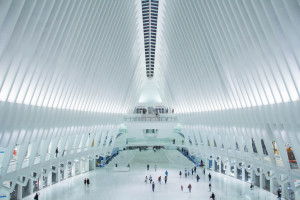 One thing we lamented was the lack of a contemporary event as impactful as the World’s Columbian Exposition. Yes, we have our biennales and dazzling new structures that defy gravity like Calatrava’s transportation hub but it seems like the next analogous experience will exist with the help of the virtual, not the built environment. Pokémon Go was just a small taste of what is possible with augmented reality and future endeavors have the potential to greatly affect millions of lives without corresponding changes to the physical world. We also lamented the lack of comprehensive documentation of the Chicago World’s Fair, as Burnham forbade amateur photography to control the way his masterpiece was viewed by the world.
One thing we lamented was the lack of a contemporary event as impactful as the World’s Columbian Exposition. Yes, we have our biennales and dazzling new structures that defy gravity like Calatrava’s transportation hub but it seems like the next analogous experience will exist with the help of the virtual, not the built environment. Pokémon Go was just a small taste of what is possible with augmented reality and future endeavors have the potential to greatly affect millions of lives without corresponding changes to the physical world. We also lamented the lack of comprehensive documentation of the Chicago World’s Fair, as Burnham forbade amateur photography to control the way his masterpiece was viewed by the world.
Most importantly, we had a great time and found yet another reason to socialize out outside of office hours. Up next is Rachel Kushner’s debut novel, Telex from Cuba, a fictional account that chronicles the lives of Americans living in a United Fruit Company enclave on the eve of the Cuban Revolution.
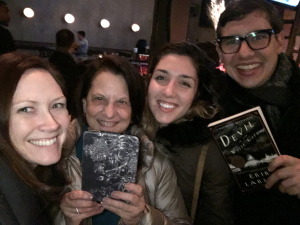
ESKW/A Inaugural Office Book Club
Advertisements Share this: